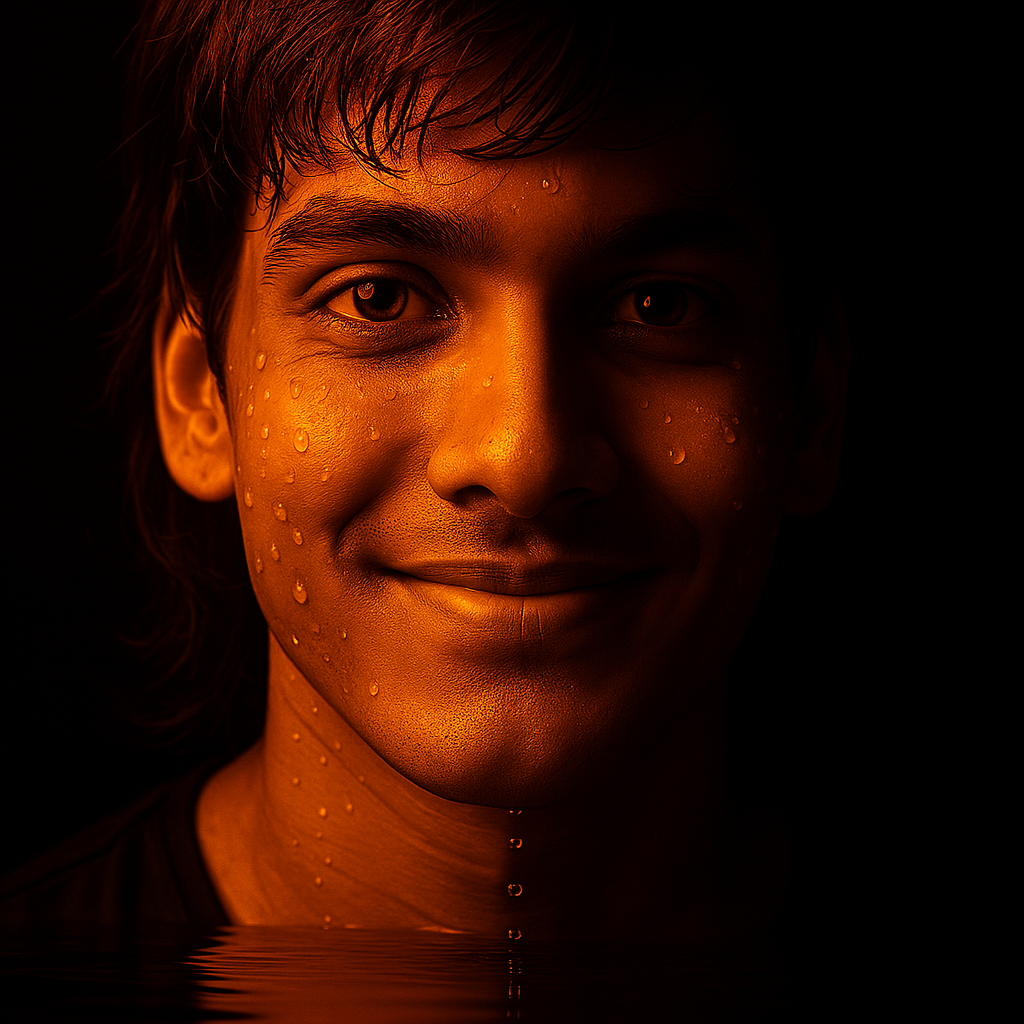Instagram Reels Ideas Generater
🎬 25 Advanced Short Video Concepts for Instagram Reels (Science, Tech, & Creativity)
- "The Invisible Force" – Gravity in Real Life
Cinematic slow-motion clips showing objects falling in nature with on-screen facts about gravity’s invisible pull, paired with dramatic music and match cuts.
- "One Second, One Fact"
25 science facts delivered in rapid cuts — each second a new setting, visual, and text overlay. Edited with snappy transitions and countdown-style hooks.
- "Science vs Myth: Microwave Edition"
Test a common science myth (like microwaves causing radiation) using cinematic b-roll, suspense build-up, and a surprise fact reveal at the end.
- "The World in Reverse"
Film a science experiment (like ink in water or balloon popping) in reverse with a poetic voiceover explaining entropy and time flow.
- "Zoom Into the Micro World"
Use macro lens footage and transitions (zoom/punch cuts) to show tiny objects (salt grains, hair strands) with surprising scientific facts.
- "Light Speed – Visualized"
A moving object speeds up through increasingly faster shots (walking → bike → car → plane → light speed concept). Use seamless speed ramps.
- "The Color of Sound"
Visualize sound using water + speaker vibrations, edited with colorful overlays and slow-mo cinematography. Use trending audio and a science quote.
- "One Drop, One Universe"
Drop water into colored milk or oil and macro-film the explosion of colors. Use a metaphor for the Big Bang or chaos theory.
- "Timeline in a Room"
Transform a single room through time-lapse to represent the evolution of Earth — edit plants growing, clocks spinning, seasons changing.
- "Science of Emotions"
Split-screen: one side shows a facial expression, the other shows brain activity animations. Use a compelling soundtrack and emotion label.
- "From Stardust to Skin"
Start with galaxy footage, then smash cut into human close-ups. Use narration like “You are made of stars” with soft ambient music.
- "Magnet Tricks in Slow Mo"
Film rare-earth magnets interacting with objects using high-speed cameras. Add captions explaining magnetic fields and force.
- "Thermal World View"
Use thermal camera filters to show temperature change in humans, food, and objects. Add labels + color science explanations.
- "The Fibonacci Reel"
Create a visual journey showing Fibonacci in nature (shells, flowers, hurricanes) with golden spiral overlays and piano music.
- "Chemical Reaction Reel"
Film 3–5 unique chemical reactions in ultra slow motion — include color grading, masked transitions, and reaction names as overlays.
- "Tech in 10 Seconds"
Break down a high-tech gadget (e.g., LiDAR, neural chips) into 3 visual parts in under 10 seconds. Hook: “You won’t believe what powers this…”
- "Behind the Science Shot"
Show a before/after of filming a science demo (e.g., setting up a macro lens shot of crystallization) — educate on how content is made.
- "The Illusion of Motion"
Use animation + real footage to explain how the brain interprets motion. Combine rotoscoping and editing tricks to simulate illusions.
- "Water Defies Gravity?"
Do a science trick like the inverted water glass or centrifugal water drop. Use slow-motion and final reveal freeze-frame.
- "DNA in Real Time"
Film a strawberry DNA extraction and overlay facts like “This is what 2 billion years of evolution looks like.”
- "Split Second Science"
Cut between reactions with countdown timers, e.g., “Science that happens in 0.3 seconds” — shock factor + fast visuals = viral potential.
- "Science + Dance Collab"
Combine a dance trend with animations of molecular movement or physics formulas moving with the beat. Edutainment at its best.
- "A Day in the Life of an Atom"
Narrate an atom's journey from your food to your bloodstream using motion tracking, particle overlays, and humorous VO.
- "Before You Blink"
Capture high-speed footage of events faster than a blink (LED flash, balloon burst). Hook line: “You missed this every time you blinked.”
- "Viral Fact, Visual Impact"
Open with a viral science stat: “The human brain has 86 billion neurons.” Then visualize it using tiny light balls flying through a dark space.
🧠 Bonus Tips for Success:
Audio Hooks: Use trending sounds or narrations with science puns or curiosity-based quotes.
Captions: Always include bold, readable on-screen captions with motion effects.
Hashtags: Use a mix of broad (#sciencefacts, #learnontiktok) and niche tags (#neurovideo, #macroshots).
Style Tip: Keep videos 12–45 seconds for optimal retention.

 ChatGpt
ChatGpt 
